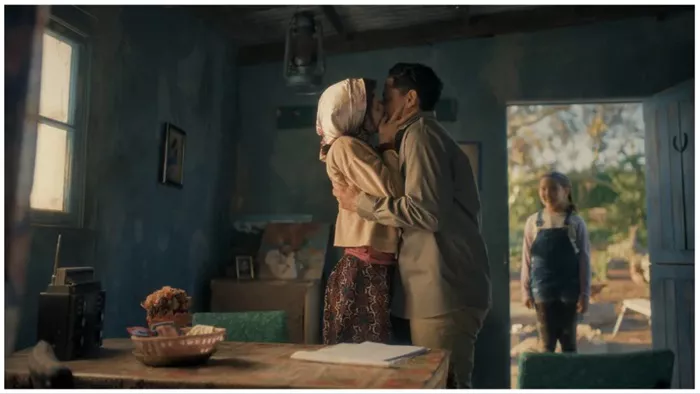In a noteworthy testament to the evolving landscape of filmmaking, the South African rural community thriller “Snake” recently concluded the 6th Joburg Film Festival as its closing feature. This poignant narrative, based on Tracey Farren’s 2011 novel, underscores the pivotal role of streamer support in bringing smaller stories to life within the cinematic realm.
Penned by Farren herself, the screenplay follows the gripping journey of Stella, portrayed by the talented 9-year-old Lamiyah Barnard, a powerless farm girl who finds herself thrust into a harrowing confrontation with a cunning interloper. Set against the backdrop of a rural town, the mysterious stranger’s arrival sparks a series of events, unveiling his sinister intentions amidst a chilling killing spree.
The realization of “Snake” owes much to the backing of streamer funding, with both eMedia and e.tv’s eVOD in South Africa, along with Amazon’s Prime Video, providing pre-license support for the project. Shot in the rustic expanses of rural South Africa, the film captures hauntingly beautiful yet stark scenes of poverty and decay over its seven and a half week production span, situated near Atlantis, Malmesbury, and Philadelphia in the Western Cape province.
Director Meg Rickards of Boondogle Films shares insights into the film’s inception, highlighting Farren’s multifaceted involvement from screenplay to novel and back again. Rickards underscores the unconventional journey of “Snake,” originally conceived as a screenplay before evolving into a novel, ultimately returning to its cinematic roots.
Notably, the film’s production encountered challenges, including a poignant drowning scene featuring Barnard, who, as Rickards reveals, faced difficulties due to her inability to swim. Despite setbacks, the film’s commitment to authenticity shines through, with Barnard’s mastery of the penny whistle serving as a testament to her dedication and talent.
Rickards further delves into the unique filmmaking approach employed in “Snake,” emphasizing a micro perspective to amplify Stella’s narrative arc. With a deliberate focus on Stella’s viewpoint, the film eschews elaborate techniques in favor of an intimate, character-driven experience.
Beyond its cinematic merits, “Snake” serves as a poignant exploration of societal themes, thrusting marginalized communities into the spotlight with rare authenticity. Rickards elucidates on the film’s overarching message, challenging conventional portrayals of poverty and disenfranchisement while championing the voices of the marginalized.
In the broader context of South Africa’s burgeoning film industry, the influx of streamer support heralds a new era of storytelling possibilities. Rickards reflects on the democratizing impact of streaming platforms, noting their capacity to amplify diverse narratives and empower storytellers to share smaller-scale yet impactful stories.
As “Snake” prepares to captivate audiences, Rickards affirms its universal resonance while emphasizing its roots in local storytelling. In an industry often overshadowed by Hollywood’s dominance, “Snake” stands as a testament to the power of streamer support in nurturing and elevating authentic narratives from diverse corners of the globe.
























